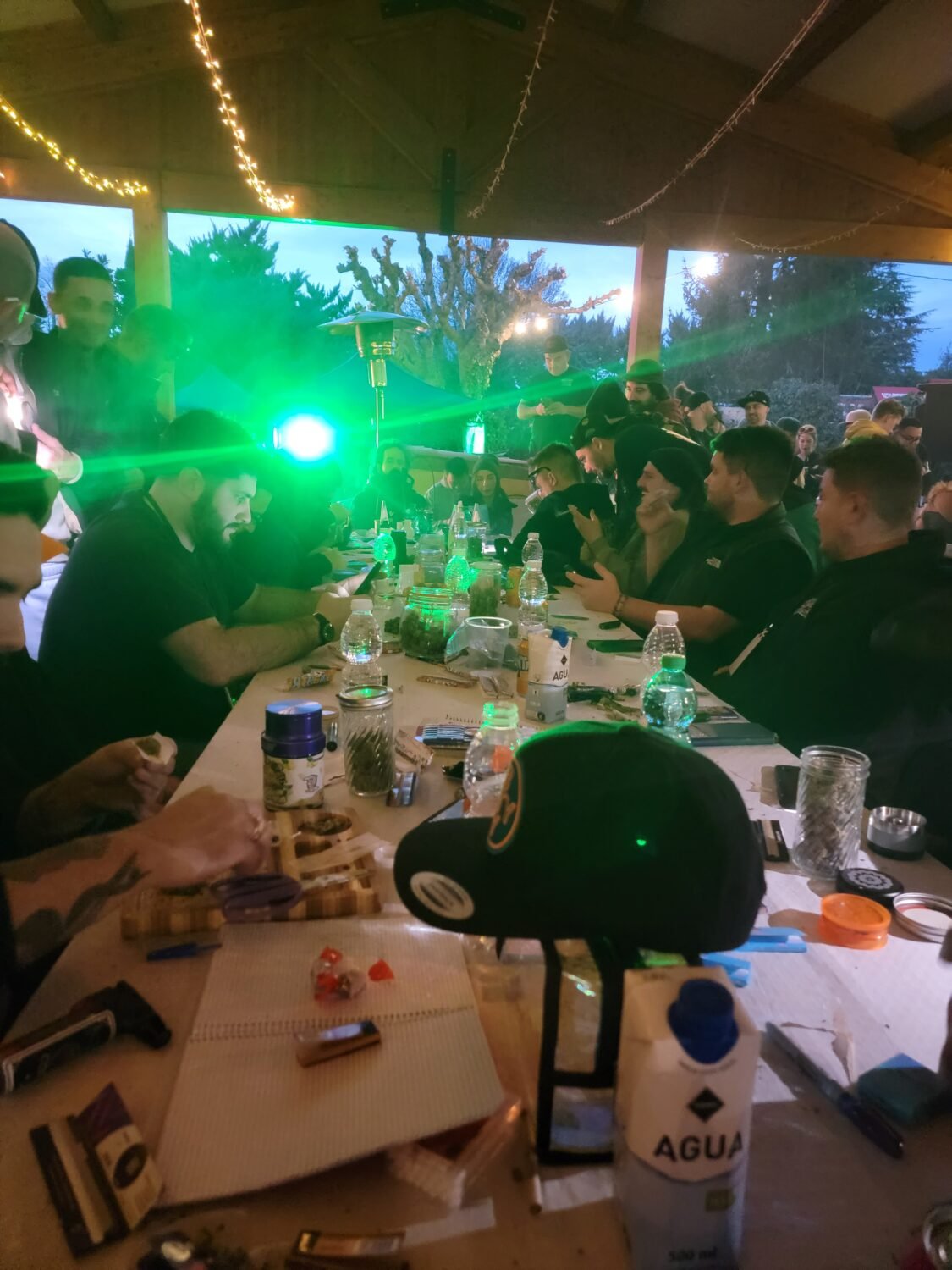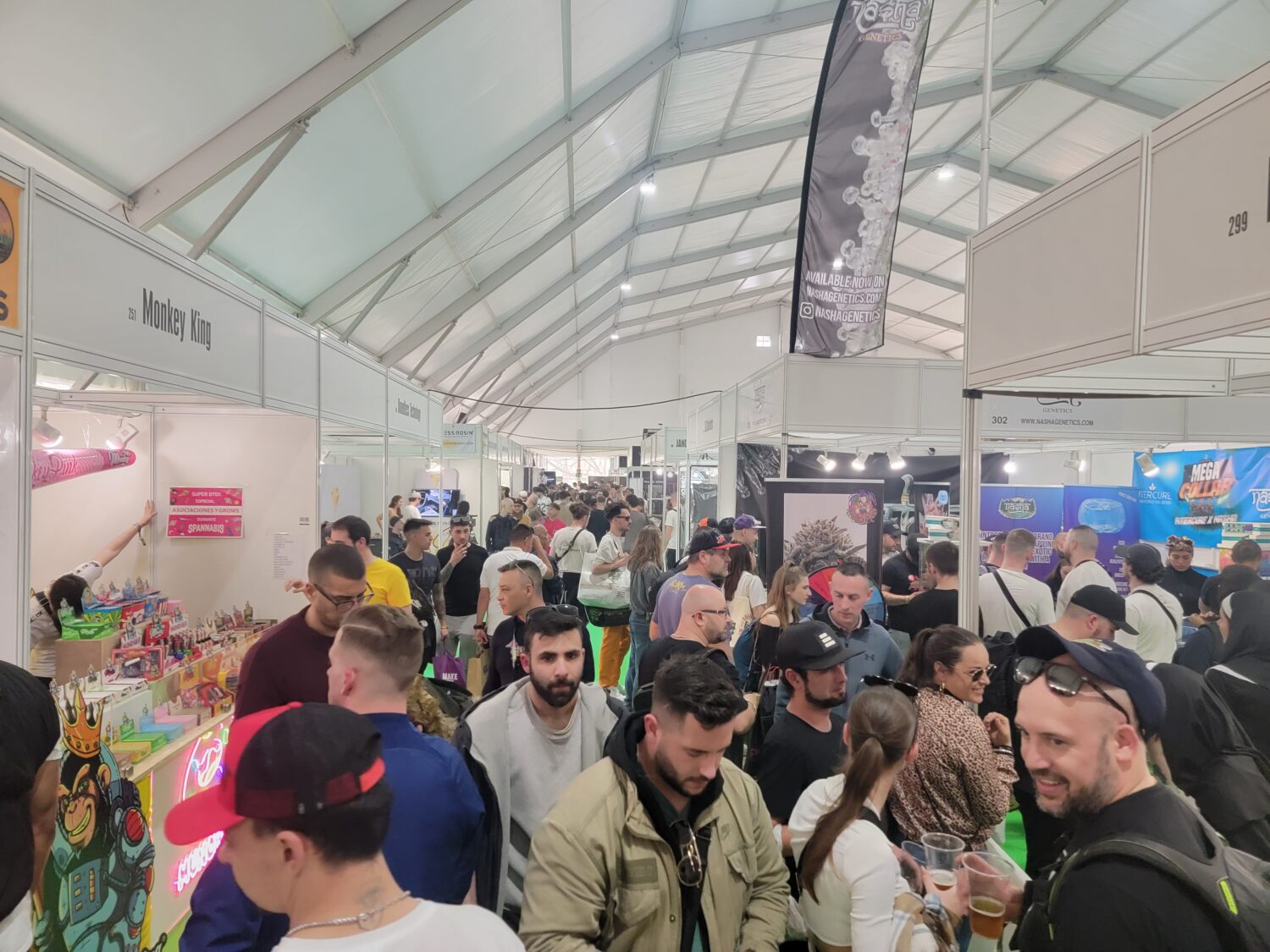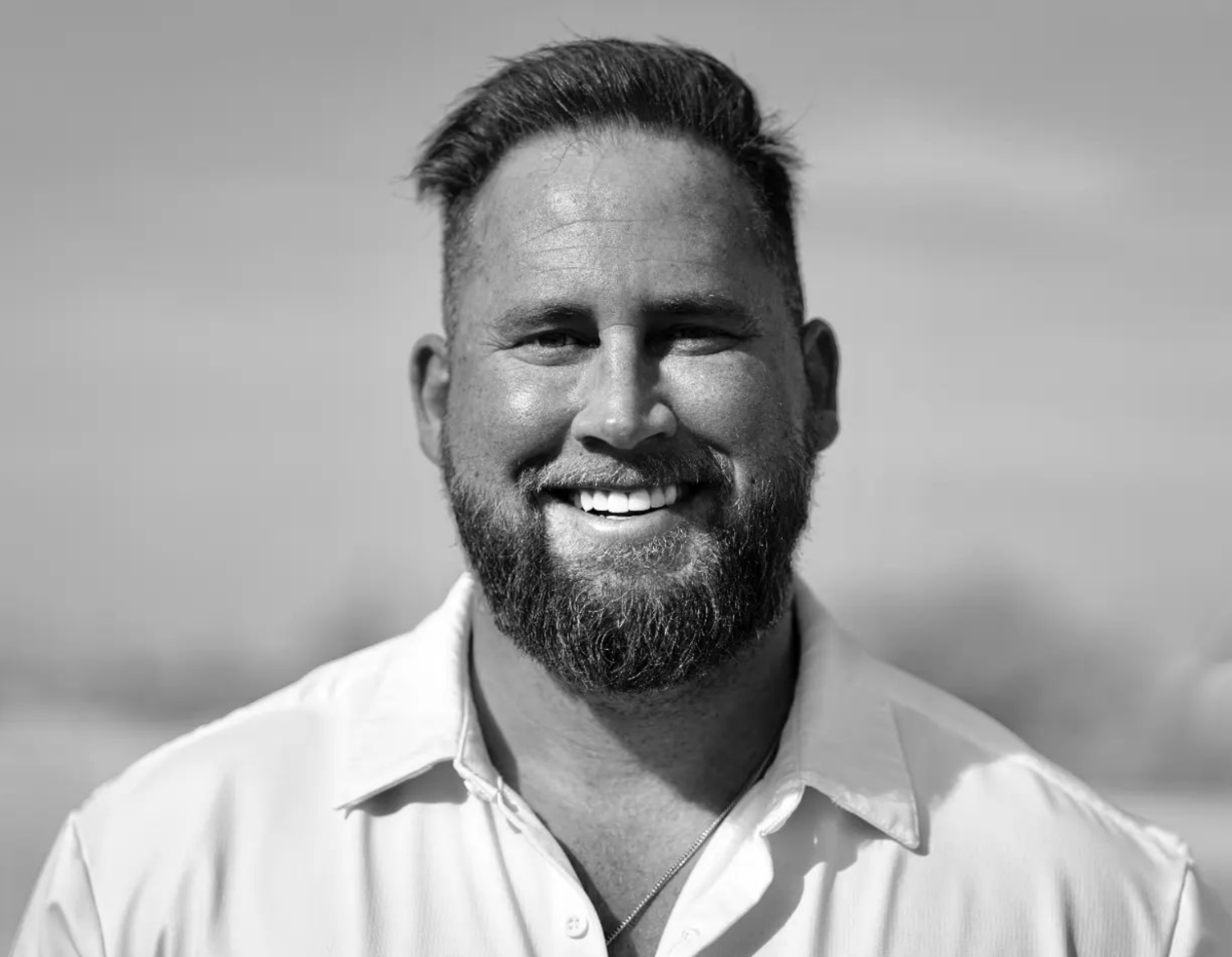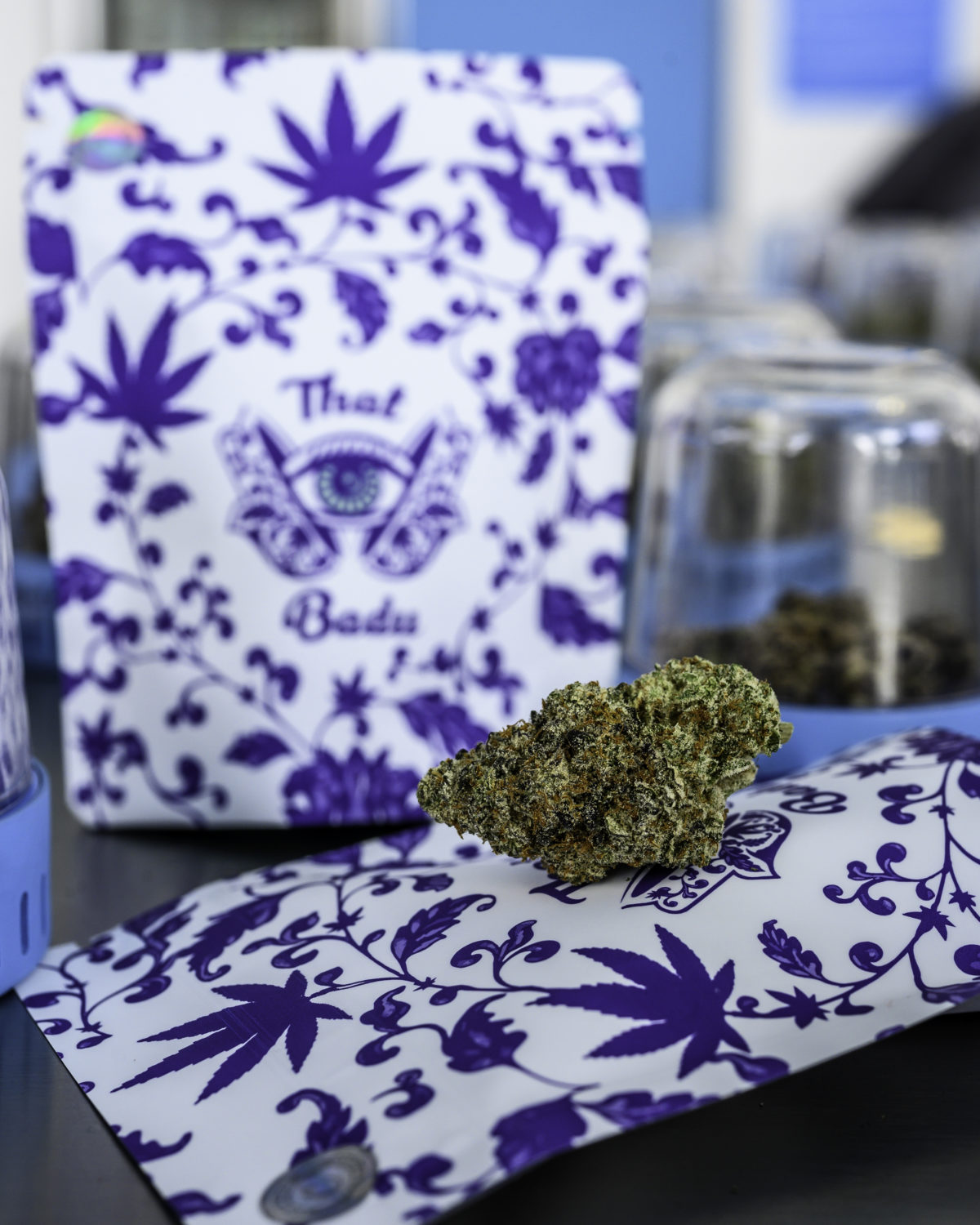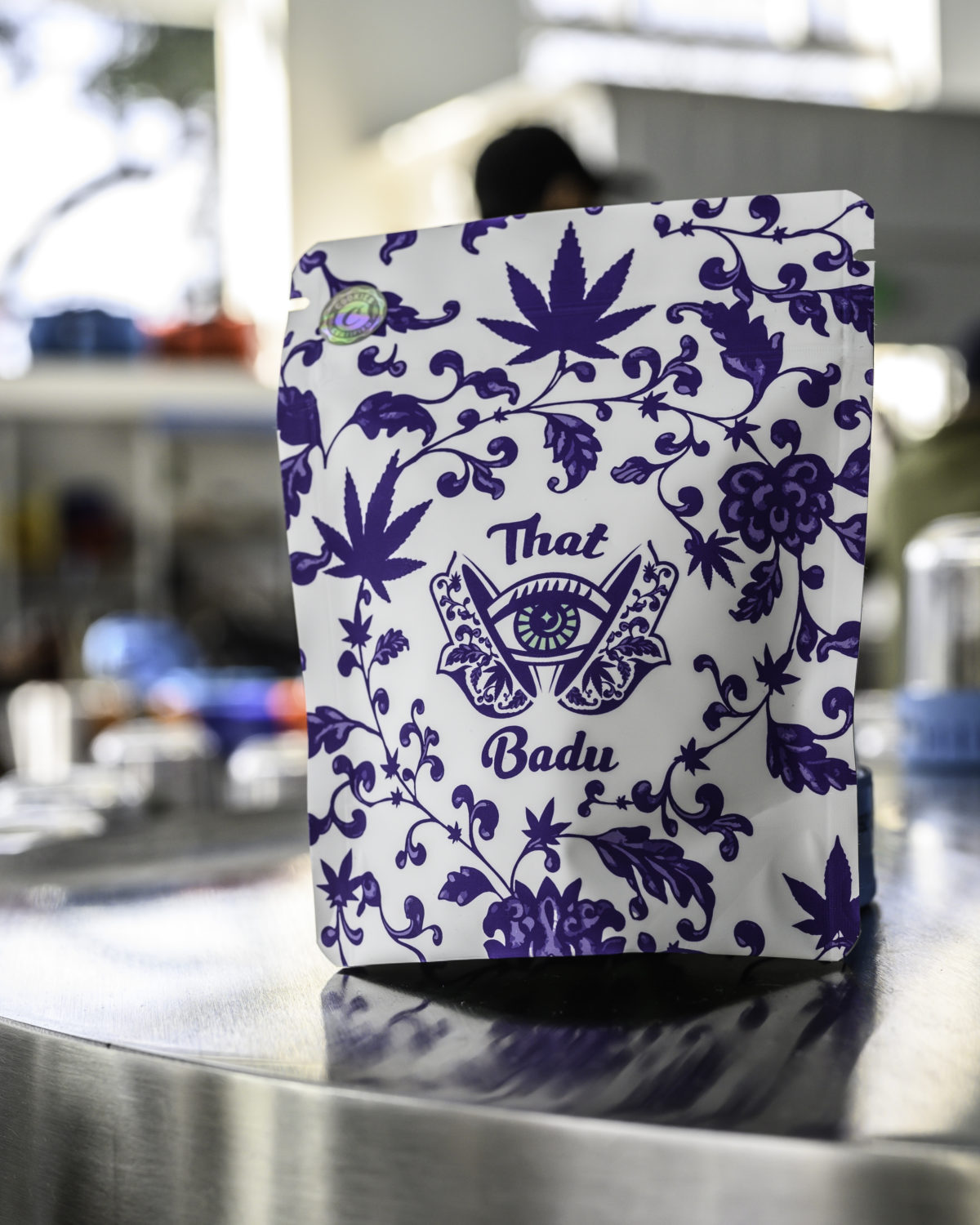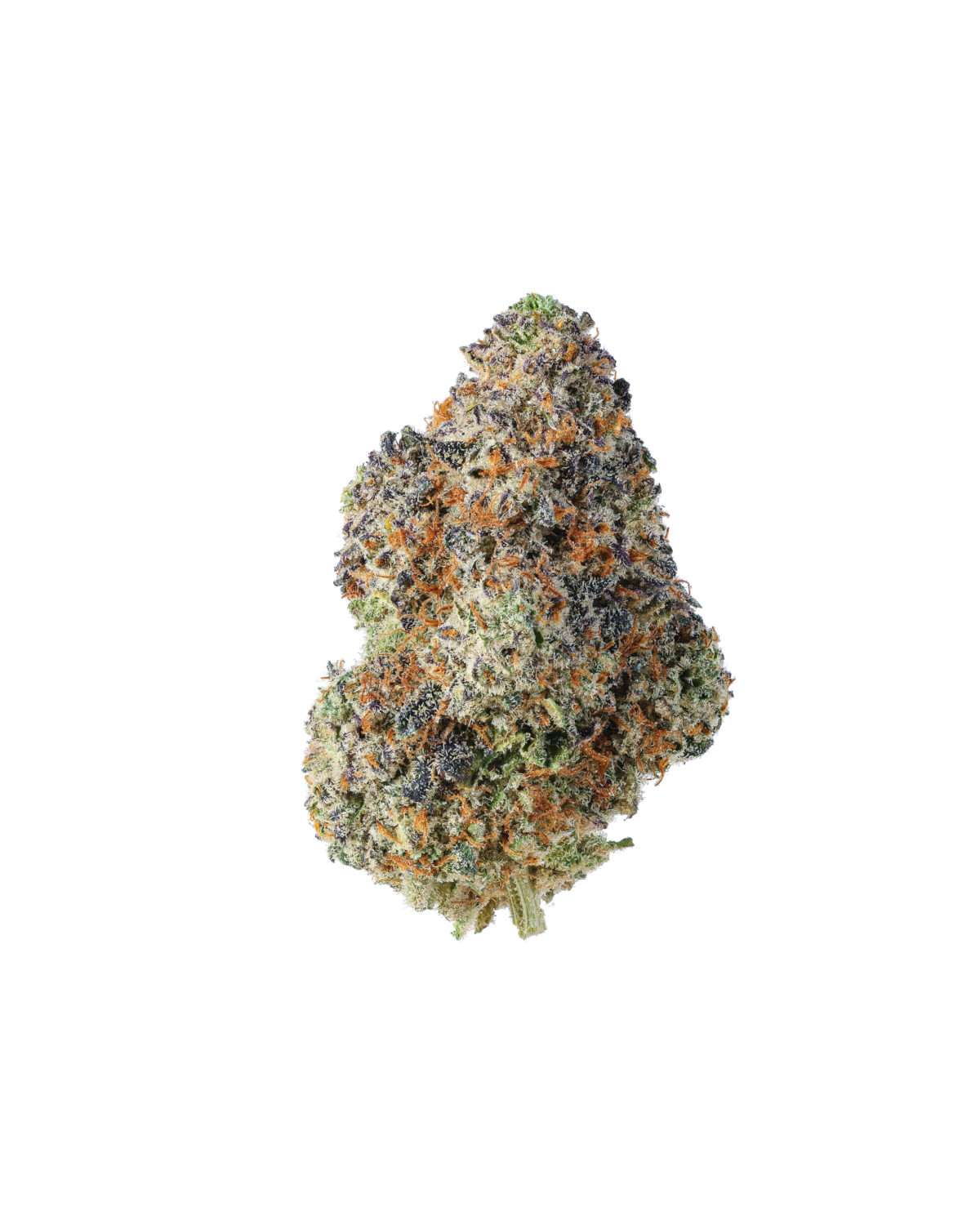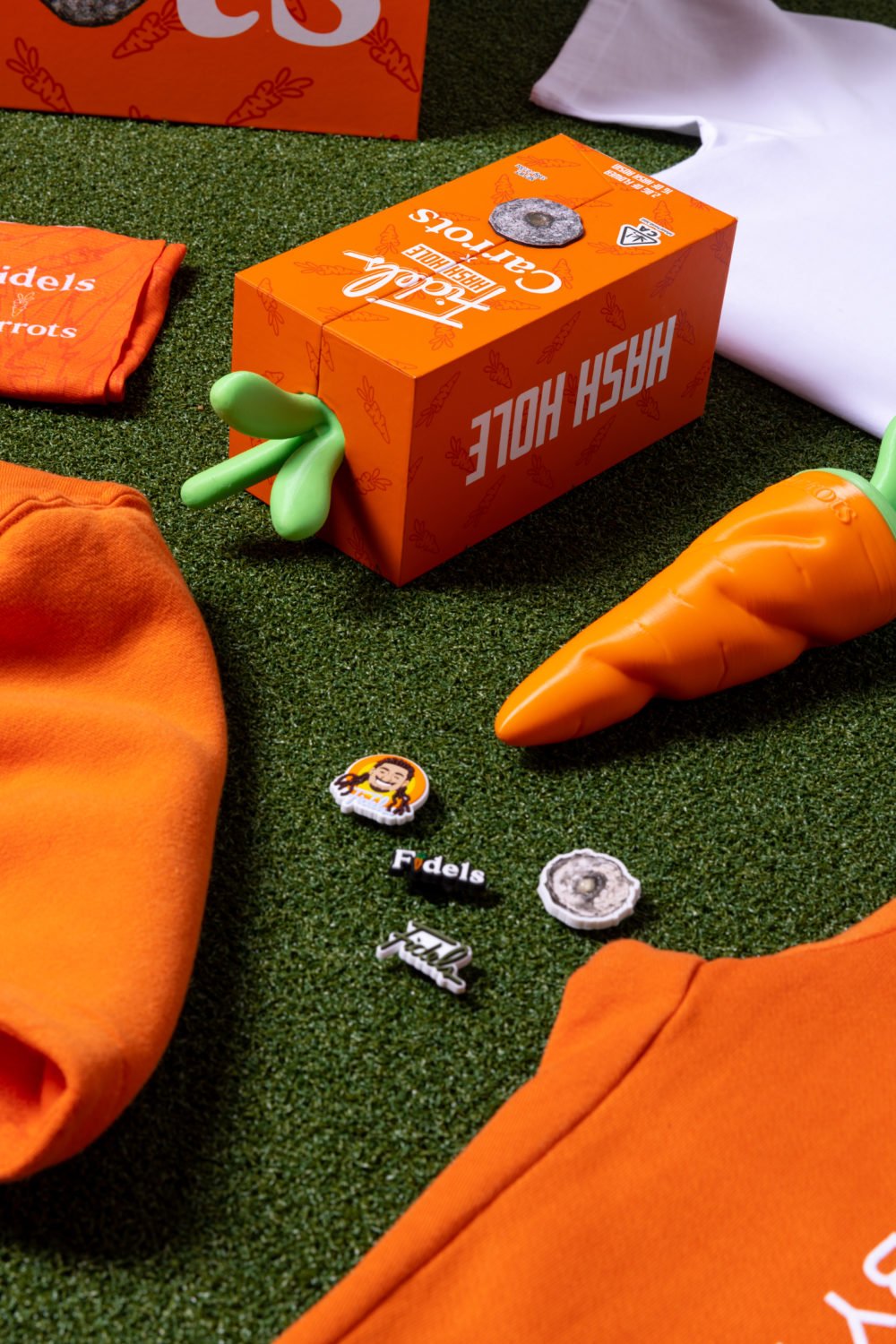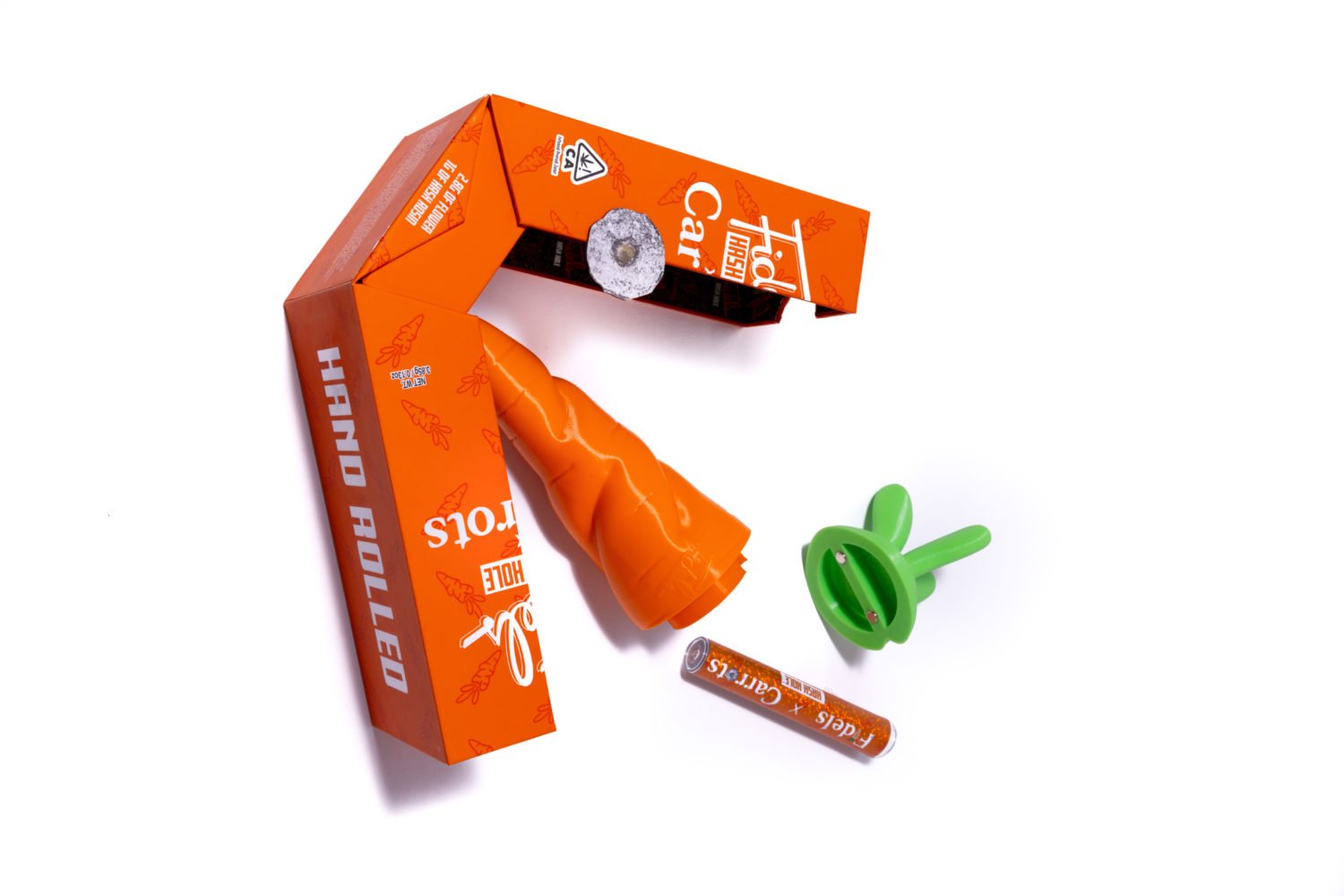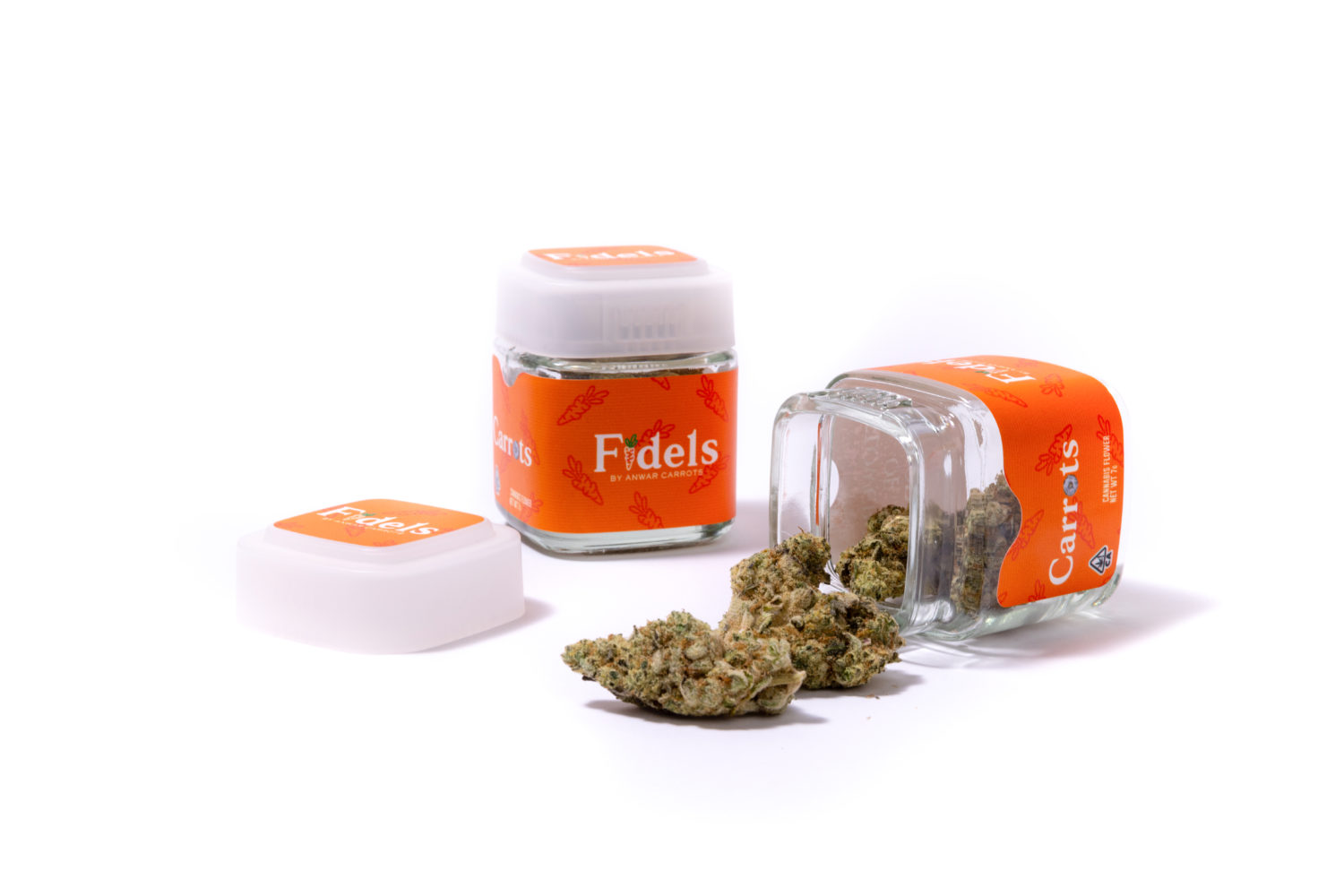TED’S BUDZ CO PREPS FOR TED FEST 2 IN DTLA
Photos courtesy of Ted’s Bud Co TED’S BUDZ CO PREPS FOR TED FEST 2 IN DTLA Ted’s Budz Co and its stable of heaters are prepping to take over the roof of Cookied DTLA this weekend. This will be the second annual edition of Ted Fest and the biggest ever. Ted’s is moving to a model…
 Photos courtesy of Ted’s Bud Co
Photos courtesy of Ted’s Bud Co
TED’S BUDZ CO PREPS FOR TED FEST 2 IN DTLA
Ted’s Budz Co and its stable of heaters are prepping to take over the roof of Cookied DTLA this weekend.
This will be the second annual edition of Ted Fest and the biggest ever. Ted’s is moving to a model where it’s going to start hosting its own events more, to give the brands the company is distributing a chance to get out into the community without getting taxed by event producers. This edition will feature The Gooniez, Super Dope, Blackleaf, Zatix and a host of other SoCal heat cultivators.
We sat down with Ted this week as he was preparing for the festivities Saturday night from 6 p.m. to 10 p.m., at 921 Venice Blvd.
“I’m going to start throwing events myself instead of going to other people’s events since we distribute for so many really good cultivators and really good brands,” Ted told L.A. Weekly. “Everyone that I worked with works really hard. It’s hard to get them to come out because they’re so stuck in daily tasks.”

Those little things that keep the farmers he works with busy are what make the difference between Ted’s and a lot of other distributors. With the exception of cup winner verticals that are distributing themselves, it is hard to point to a distributor with that level of Ted’s quality across the menu all the way through.
And as we see the big dogs of California cannabis fall, small boutique distros like Ted’s that specialize in quality high enough to hold the line with its other products are faring better and better as time goes on. Just this week we’ve seen distros picking up some big brands from all the fallout from closures.
One of the things that pushed Ted to throw more parties is the ability to curate musical performances. He tried to perform or push his friends’ music to a lot of cannabis events over the years.
“Everyone’s like, no, no, no, I’m like fuck it, I’ll throw my own,” Ted said. “And then you have so many lounges and shops that are like begging us to come out and do events. When we do takeovers, they are not like anyone else’s event. There is a good amount of people that come out when we do strain releases. So I mean, that’s kind of what we’ve been on.”
In addition to those lively happenings, some of the collaborations Ted’s Bud Co has lined up are starting to gain steam. Two of the most prominent are offerings with Lamar Odom and Birdman of Cash Money Records. Ted said Cream City’s CEO, Lil Ki, was instrumental in helping land the deal with Birdman.
“Those are just things that were kind of thrown into my lap,” Ted said of the collabs. “If it wasn’t for my buddy Ki, the Cash Money collab wouldn’t be the one that was thrown my way. He knows that I’m probably one of the most solid people to start a brand with, as far as an influencer.”
He noted lots of influencers he ended up working with because they had previous bad experiences.
“They ended up coming over because, I mean, I’m more straightforward,” Ted said.
One of the things Ted is most excited about is an upcoming drop from gear he got from Wyeast Farms. Wyeast provided a lot of the gear that backboned Compound Genetics before the split. Ted scored a super exclusive drop Wyest in collaboration with Oregon Elite Seeds.
He’s currently searching through the new gear for winners.
“I was really in love with his Cold Snaps. I was really in love with Horchata and Apricot Gelato. You know, I’ve always been a fan,” Ted said of Wyeast. “Now I finally got my hands on some of those seeds. I’m looking forward to having these cloned and flowers. I’m looking forward to that and bringing some different shit because I mean, right now, the industry is kind of on a superduper candy wave, but I can see it going back. They’re looking for something different as we speak and the market is changing. People are looking for that fuel again.”

